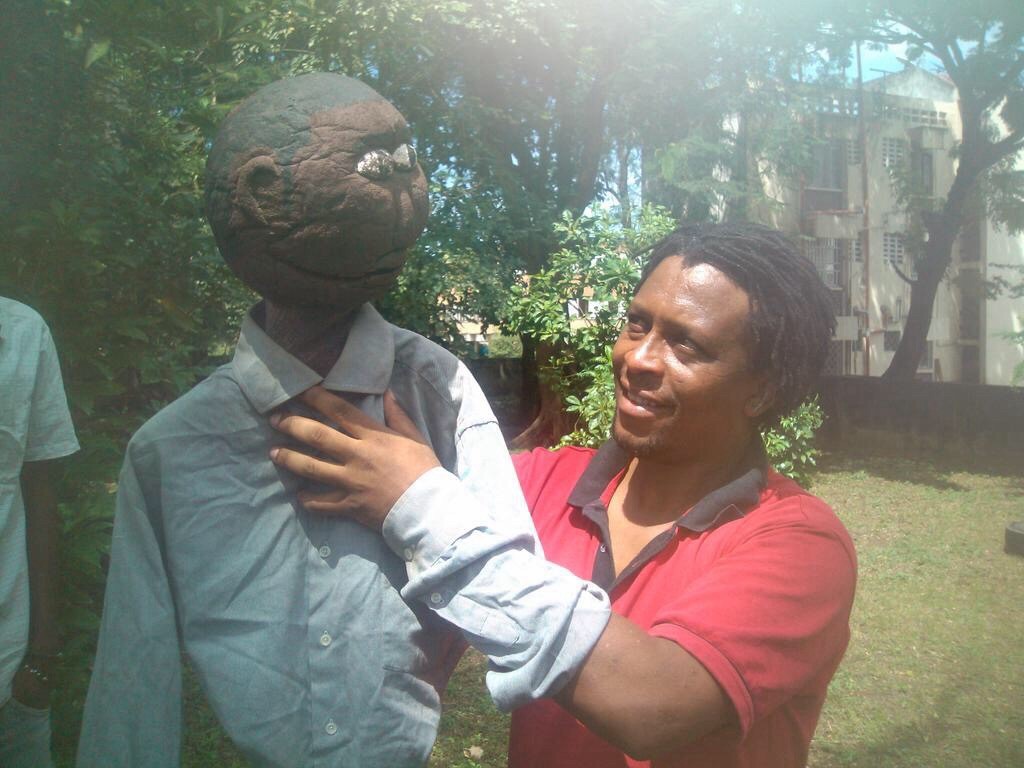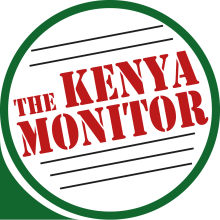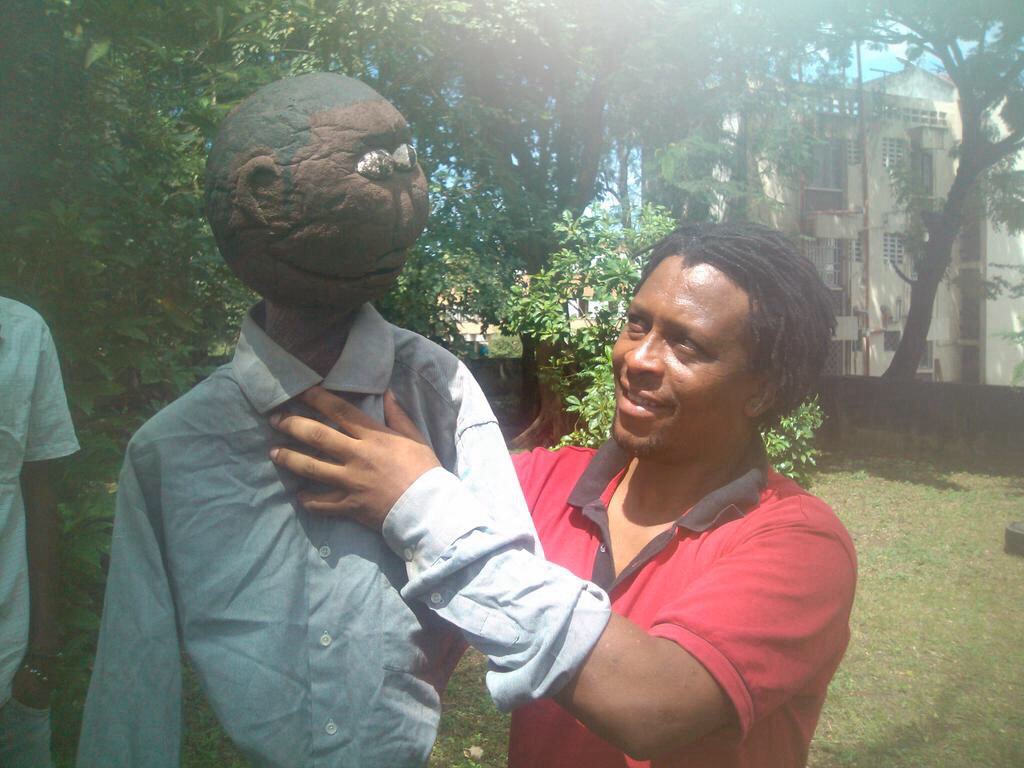
When Tony Mboyo landed in Mombasa about a week ago his job was to recruit potential artists that he can work with on the Jukumu Letu initiative. He sent word for artists who have an interest or experience in puppetry to show up for auditions. The response was quite good and what was impressive is that a good number of those that showed up were women.
Mboyo works with the Kenya Institute of Puppet Theatre (KIPT) a non-governmental and non-profit technical advisory and management community based theatre institute. KIPT uses puppetry, participatory educational theatre and folk media in life skills promotion, community education and cultural communication.
The auditions were an excellent opportunity to asses the artistes skills, level, interest and experience in puppetry as well as live acting, devising and creation.
“I shortlisted the trainees and we commenced the devising process with the selected artists. It was therefore easy for me as the artistic director to quietly harness that strength and integrate it into the puppetry training. In terms of content, The Maskani Mombasa conversation and tweet up really laid the ground for us to start interrogating the issues raised and to digress them further into artistic pieces in the form of puppetry skits, choral verses and spoken word,” he says.
The rehearsals have been ongoing intensely and his team of trainees is working round the clock to ensure that their performance is ready for the Jukumu Letu launch on August 1st 2015 at the Mama Ngina drive, Mombasa. They are also working hand to finish the construction of a giant puppet which will be one of the main attractions at the puppetry performance.
The audience at Jukumu Letu launch can expect a unique performance integrating puppetry, poetry, choral verse and music that focuses on public participation in the governance of Mombasa county. The show will entertain, educate and engage the Mombasa audiences in looking at their county from a different perspective. Conversely, the performance ignite discussion at various levels and platforms and eventually form a basis for initiating change in the county.
In conclusion, Mr Mboyo says
“Puppetry enables the performer to communicate sensitive issues in a light manner, for after all isn’t it just a puppetry. It is the neutrality of the puppet that allows the community to see themselves, laugh at themselves and pity themselves in some instances. In design the puppet provides a mirror to the society to view themselves.”


